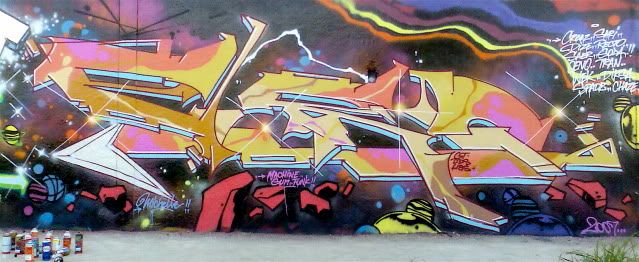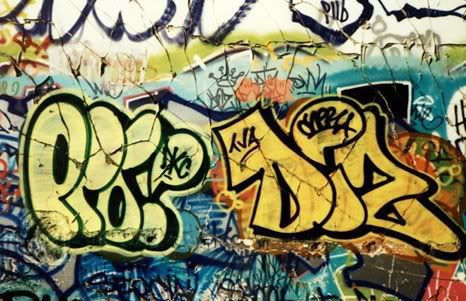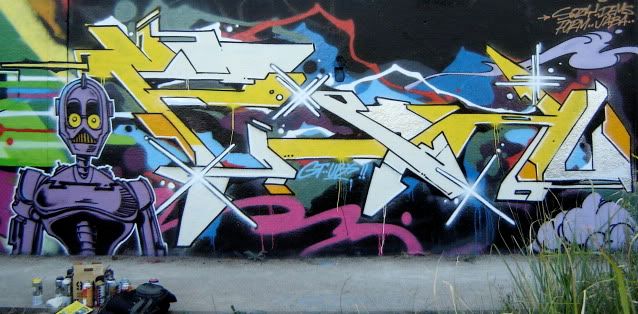Operation Paperclip was the code name for the 1945 Joint Intelligence Objectives Agency O.S.S
recruitment of scientists from Nazi Germany to the U.S. after Victory in Europe Day
In May 1945, the U.S. Navy acquired Dr. Herbert A. Wagner, a highly regarded expert in aerodynamics, controls and guidance. The inventor of the Hs 293 missile, Wagner worked for the first two years at the Special Devices Center located at the Castle Gould and Hempstead House in Long Island. In 1947, Wagner moved his operation to the Naval Air Station Point Mugu.
In early August 1945, Colonel Holger Toftoy, chief of the Rocket Branch in the Research and Development Division of Army Ordnance, offered initial one-year contracts to the rocket scientists. After Toftoy agreed to take care of their families, 127 scientists accepted the offer. In September 1945, the first group of seven rocket scientists arrived from Germany at Fort Strong in the US: Wernher von Braun, Erich W. Neubert, Theodor A. Poppel, August Schulze, Eberhard Rees, Wilhelm Jungert and Walter Schwidetzky. In November, December, and February, three subsequent groups of rocket scientists arrived in the US for duty at Fort Bliss and White Sands Proving Grounds as "War Department Special Employees."
In early 1950, U.S. legal residence for some "Paperclip Specialists" was effected through the U.S. Consulate in Ciudad Juárez; from which the scientists legally entered the U.S. In later decades, the World War II activities of some scientists were investigated — Arthur Rudolph was exiled in 1984 and then exonerated by Germany, Georg Rickhey was acquitted of war crimes, and Hubertus Strughold was implicated in Nazi human experimentation.
Eighty-six aeronautical engineers were transferred to Wright Field, which had acquired Luftwaffe aircraft and equipment under Operation Lusty (Luftwaffe Secret Technology).
The United States Army Signal Corps employed 24 specialists — including physicists Drs. Georg Goubau, Gunter Guttwein, Georg Hass, Horst Kedesdy, and Kurt Levovec; physical chemists Professor Rudolf Brill and Drs. Ernst Baars and Eberhard Both; geophysicist Dr. Helmut Weickmann; technical optician Dr. Gerhard Schwesinger; and electronics engineers Drs. Eduard Gerber, Richard Guenther and Hans Ziegler.
The United States Bureau of Mines employed seven German synthetic fuel scientists in a Fischer-Tropsch chemical plant in Louisiana, Missouri in 1946.
In 1959, ninety-four Operation Paperclip men went to the U.S., including Friedwardt Winterberg, Hans Dolezalek, and Friedrich Wigand. Through 1990, the operation immigrated 1,600 personnel,with the "intellectual reparations" taken by the U.S. and the U.K. (patents and industrial processes) valued at some $10 billion dollars.
samedi 21 août 2010
next to come!!!
vendredi 20 août 2010
Mysterious World: Sea Monster
Clip from Arthur C. Clarke's Mysterious World about the rotting remains of a creature from the sea pulled up by a Japanese fishing boat.
magnapinnidae.......
New species of Squid
21 December 2001
Unknown deep-sea squid recorded by Tiburon
MOSS LANDING, California—MBARI remotely operated vehicle Tiburon recorded observations of an unknown species of squid during dives off the coast of Oahu in May 2001. Images of this animal, along with seven other submersible sightings of apparently related individuals found at similar depths in the Gulf of Mexico, Atlantic, and Indian Oceans are reported on in this week's issue of the journal Science. MBARI scientists estimate that the individual seen by Tiburon was between four and five meters in length.
21 December 2001
Unknown deep-sea squid recorded by Tiburon
MOSS LANDING, California—MBARI remotely operated vehicle Tiburon recorded observations of an unknown species of squid during dives off the coast of Oahu in May 2001. Images of this animal, along with seven other submersible sightings of apparently related individuals found at similar depths in the Gulf of Mexico, Atlantic, and Indian Oceans are reported on in this week's issue of the journal Science. MBARI scientists estimate that the individual seen by Tiburon was between four and five meters in length.
jeudi 19 août 2010
mercredi 18 août 2010
the Yanaguni (japan) file
On estime que la terre a 4.6 milliards d’années tandis que nos ancêtres, eux, seraient apparus il y a 1.8 millions d’années, avant l’Age Glaciaire. D'après l’étude des fossiles on pense que les activités sociales ainsi que la culture n’ont pas émergé avant l’Holocène, il y a prés de 12.000 ans, durant la fin du dernier âge glaciaire.
Donc, durant les 7000 années suivantes, ces cultures n’auraient apparemment pas évolué davantage et seraient demeurées à l’Age de Pierre. En effet, les traces d’écrits et les symboles sont apparus pour la première fois il y a prés de 5000 ans. On se réfère à l’ère précédant cette époque comme à la période préhistorique. Pourtant, au grand étonnement des scientifiques, de plus en plus de reliques préhistoriques découvertes au fond des océans, dont à Yonaguni, remettent en cause ce point de vue.
Lors d’un repérage en 1985 par un tour opérateur en plongée sous marine, Kihachiro Aratake découvrit dans les eaux claires de Arakawa Point, à la pointe sud de l’Ile Yonaguni dans les Iles Ryukyu, ce que personne n’a vu depuis des milliers d’années.
En effet, au lieu de rencontrer les habituels coraux, requins marteaux et grottes, il se retrouve en face d’une énorme structure mégalithique qui semble avoir été conçue des mains de l’homme et pourvue d’immenses terrasses interrompues par de très grandes marches angulaires et de très grandes parois lisses. La structure mesure plus de 100 mètres de long et 25 mètres de haut. Il faudra plus ou moins dix ans pour que les médias relatent la découverte.
Un des aspects du monument faisant douter les archéologues sur l’origine humaine est la taille de certaines des marches. Elles apparaissent beaucoup trop grandes pour qu’un homme puisse les utiliser. Cependant Aratake crois qu’elles ne servent pas à cela. Il attire également notre attention sur une tombe de style traditionnelle dans l’un des anciens cimetières de Yonaguri. "Vous voyez ces deux marches de chaque côté de l’entrée. Elles sont très similaires à ce que l’on a vu sur la structure. Elles ne sont pas utilisées comme des escaliers mais toutes les tombes à Yonaguni en ont. J’ai directement vu la ressemblance, nous dit Aratake. Elles ont peut être une signification perdue mais qui peut être rattachée au monument immergé."
"Futuristicubism 2010"
doloréanne session: back in 1995
doloréane session: back in 1995...
mardi 17 août 2010
"From Beyond" 11 aout 2010
UB we bring justice
me & my ultraboyz we make a lots of noise!!!!
live from the cosmic-lab...princepro & koolfunc...
Inscription à :
Articles (Atom)
















